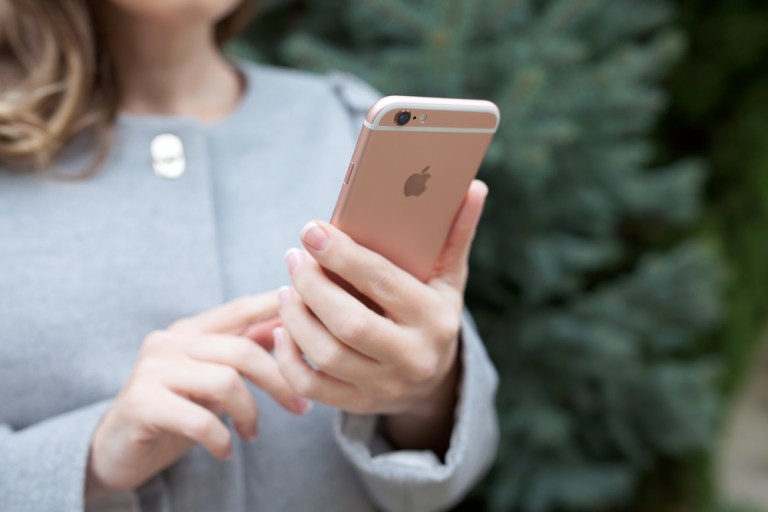
A new research note predicts that Fingerprint on Display (FOD) technology will grow 500 percent in 2019, despite Apple forgoing the technology in future iPhones. According to 9to5Mac, analyst Ming-Chi Kuo said that a major factor for FOD’s growth is that Android phones continue to utilize the technology as an authentication method.
Kuo doesn’t believe that Apple will be embedding Touch ID into its new iPhones next year, mostly because its facial recognition technology is working so well. In the meantime, Android phones will serve as the test bed for improving FOD technology, said Kuo, with whole-screen sensing being the last stage in FOD’s adoption later next year.
Kuo didn’t make predictions beyond next year’s fall iPhone lineup, but does expect Samsung to adopt FOD technology with its Galaxy S10 update in Q1 2021.
However, a recent report by Juniper Research predicts that the biggest shift coming in the mobile payment security industry is a movement toward software-based methods for verification that rely on standard smartphone components.
“Mobile payment security will broaden hugely thanks to the implementation of pure software solutions,” remarked report author James Moar. “The key battle now will be to convince users, particularly those in Europe and North America, that these methods are just as secure as traditional hardware-based security.”
The company added that with the iPhone X, and other smartphones offering facial and eye-based identification, fingerprint sensors will decline as a proportion of smartphone biometrics hardware, from just over 95 percent in 2018 to below 90 percent by 2023.
Samsung, in particular, is working toward other areas of authentication, including a method that detects users’ blood pressure. According to a patent filed by the company, “the arterial conduction paths of different users are almost never identical.” Samsung is reportedly looking into replacing static and hackable PINs and passwords, with a one-two authentication combo by pairing users’ blood pressure with their unique fingerprints.